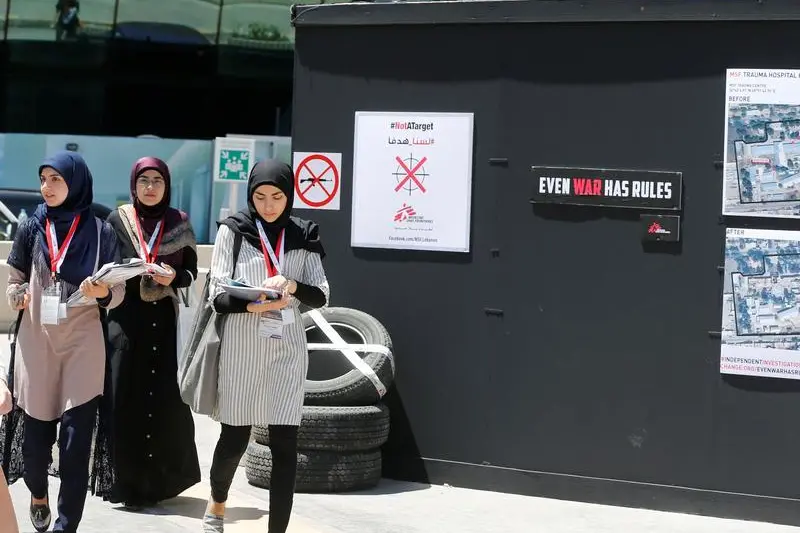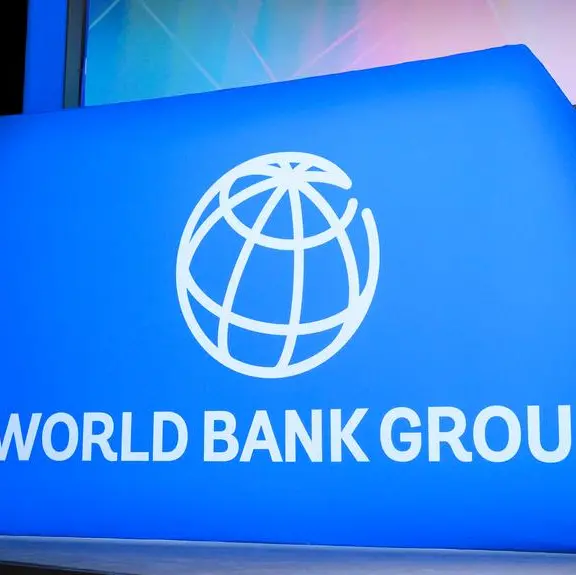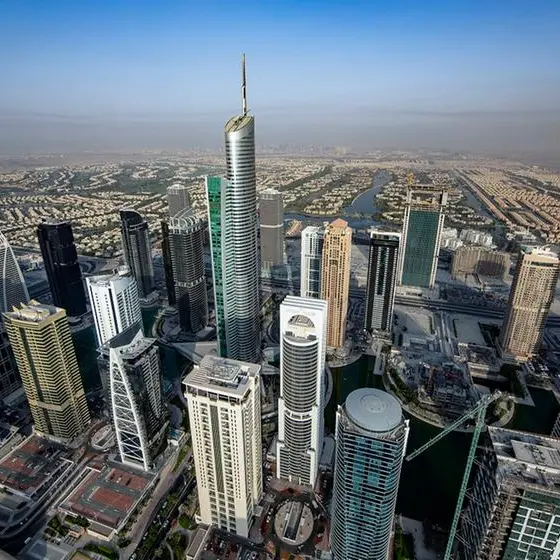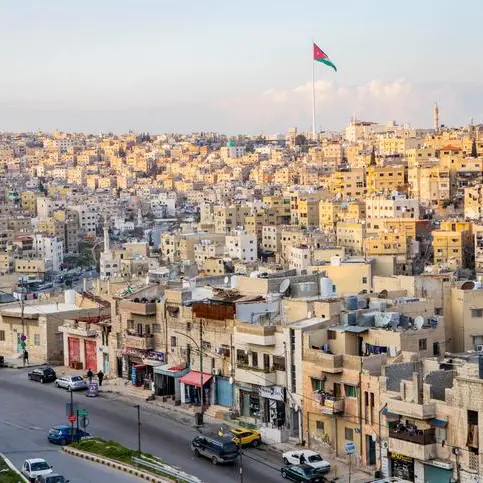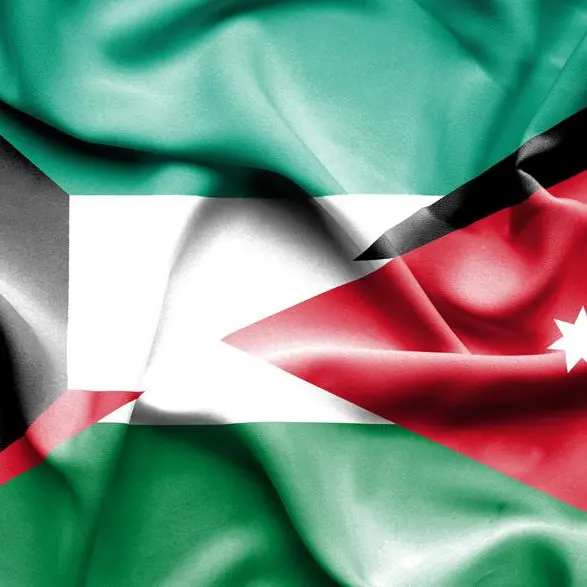PHOTO
BEIRUT: A new World Bank report released Wednesday showed shockingly high rates of poverty and unemployment in north Lebanon, indicating the hefty investment and job creation are badly needed.
World Bank statistics show that 53 percent of the 610,000 working age individuals in the area have no jobs to help their families financially.
The working age population in the north is estimated at 610,000 individuals, of which 53 percent are inactive, leaving a total labor force of 289,000. Within the participating labor force, 20 percent are employers and 22 percent are self-employed both largely informal.
Just 49 percent of the labor force are wage employed and, of those, only 15 percent are formal wage workers, according to a 126 page World Bank report entitled Jobs for North Lebanon.
Inactive means those who were neither employed nor unemployed during the study. The inactive population is composed of those who have given up looking for work as well as students, retirees and family carers. Successive governments have all acknowledged that north Lebanon in general, and Tripoli and Akkar in particular, need massive infrastructure investments.
Among those who are working in north Lebanon, the vast majority are in poor quality, low productivity jobs working in enterprises of less than 10 employees. The majority of workers are employed in the wholesale and retail trade sector, characterized by low productivity. The total labor force in the north is expected to increase from 289,000 to 362,000 people by 2025, due to existing trends in the growth rate of the Lebanese working age population and current labor market participation rates, the report said.
The report, which was prepared by a group of experts and economists, stresses that the regional economy would need to create an average of 8,000 jobs each year simply to maintain a steady state situation in the labor market.
Addressing the employment gap in north Lebanon to bring performance in line with the national average requires substantial job creation. Closing the employment rate gap to the national average would require almost 14,000 new jobs in the region or around 2,800 annually if a five-year target was set to reach this goal. An employment rate above 60 percent, typical of upper middle income countries, would require more than 120,000 jobs or
24,000 per year over a five-year period, the report said. Other international organizations and NGOs have warned of catastrophic consequences if the high unemployment and poverty are not immediately addressed by the concerned parties. The government of former Prime Minister Tammam Salam three years ago created a board of directors to promote investment in Tripoli and encourage the government to open a new airport and expand the port. Economists stressed that Tripoli has a promising future once the reconstruction of war ravaged Syria begins.
The number of [active] unemployed is relatively small (around 22,000 or 9 percent of the active workforce) and they are younger and better educated than the population as a whole. This highlights a demand side problem i.e. not enough good jobs are being created. But it also suggests that this group may be well-positioned to shift into employment with appropriate support, the report said. It drew attention to two persistent problems: low labor force participation rates and low education levels. The low labor force participation rates and low education levels limit both the quantity and quality of the workforce in north Lebanon. The participation rate in north Lebanon is amongst the lowest in the country, while the actual labor force is amongst the biggest given that the majority of its population is of working age. This high inactivity is driven by the very low participation rates amongst women and youth in the labor market. Amongst those who are active, the majority has low levels of education, especially amongst the adults, it said.
The report disclosed shocking figures about the low rate of education in this part of the country. Forty-five percent of the active population has elementary education or below, while 31 percent have completed tertiary education. Youth and adults less than 34 years of age achieve higher levels of education with 31 percent (youth) and 42 percent (adults), respectively, having a bachelor degree or higher, the World Bank said.
It indicated that female participation in the labor market in the north is extremely low compared to other regions of the country.
There are important variations in labor market outcomes between different population groups, especially among women. Only one in five working age women participate in the labor market, compared to 73 percent among working age men. The majority of active women are wage employees, while self-employment is more prevalent among men. For women, 80 percent are wage employees and only 20 percent are self-employed or employers, while the latter is 40 percent among men. Twenty-three percent of youth below age 25 are not in Education, Employment or Training, and 13 percent are unemployed, the report said.
Poor conditions in north Lebanon are part of the bigger problem facing the country, seen in its poor record in the Doing Business Indicators. Lebanon fares poorly in eight out of 10 different dimensions of the doing business life-cycle measured in the Doing Business Indicators. Even in the two areas where Lebanon has made some progress starting a business and getting credit it remains far from the frontier of the best performers. Moreover, Lebanon has not made progress in any other Doing Business Indicator since 2006, the World Bank said.
Many investment climate constraints are more acute in the north: Informal competition and corruption represent major obstacles to investment in both formal and informal firms. In the north, 84 percent of firms indicate they compete against informal firms versus just 57 percent of firms nationally. In terms of corruption, 62 percent of firms in the region report they expect to pay bribes to public officials compared with 21 percent of the firms for the rest of Lebanon, the report said.
It also underlined the importance of making badly needed investments to improve the poor infrastructure in many parts of the north.
The infrastructure constraint is greater in terms of electricity access and quality. Electricity connections in the north take almost twice as long as for the rest of Lebanon. ... Additionally, firms in the north also tend to have a higher number of electrical outages and a greater reliance on generators. Access to finance does not appear to be a leading constraint in Lebanon; however this finding conceals some critical gaps, the report said.
It added that in Lebanon, as in many other countries in MENA, smaller and more informal enterprises have significantly less access to finance than large firms, disproportionately impacting a region dominated by small firms. Myriad constraints restrict firms in the north from taking sufficient advantage of exports as a source of growth and job creation. Close to 60 percent of all jobs in Lebanon are accounted for by large exporters. Yet just 6 percent of firms in the north export even 1 percent of their sales directly, around half the national average, the report said. It urged the government to solve some of the problems which discourage foreign investment in Lebanon.
Despite a strategic position and a production structure that aligns well with Lebanons trade comparative advantage, firms face constraints in logistics, trade facilitation, and quality standards, along with disruption to traditional trade routes. This contributes to anemic levels of foreign direct investment in the region, the World Bank said.
Copyright 2017, The Daily Star. All rights reserved. Provided by SyndiGate Media Inc. (Syndigate.info).
